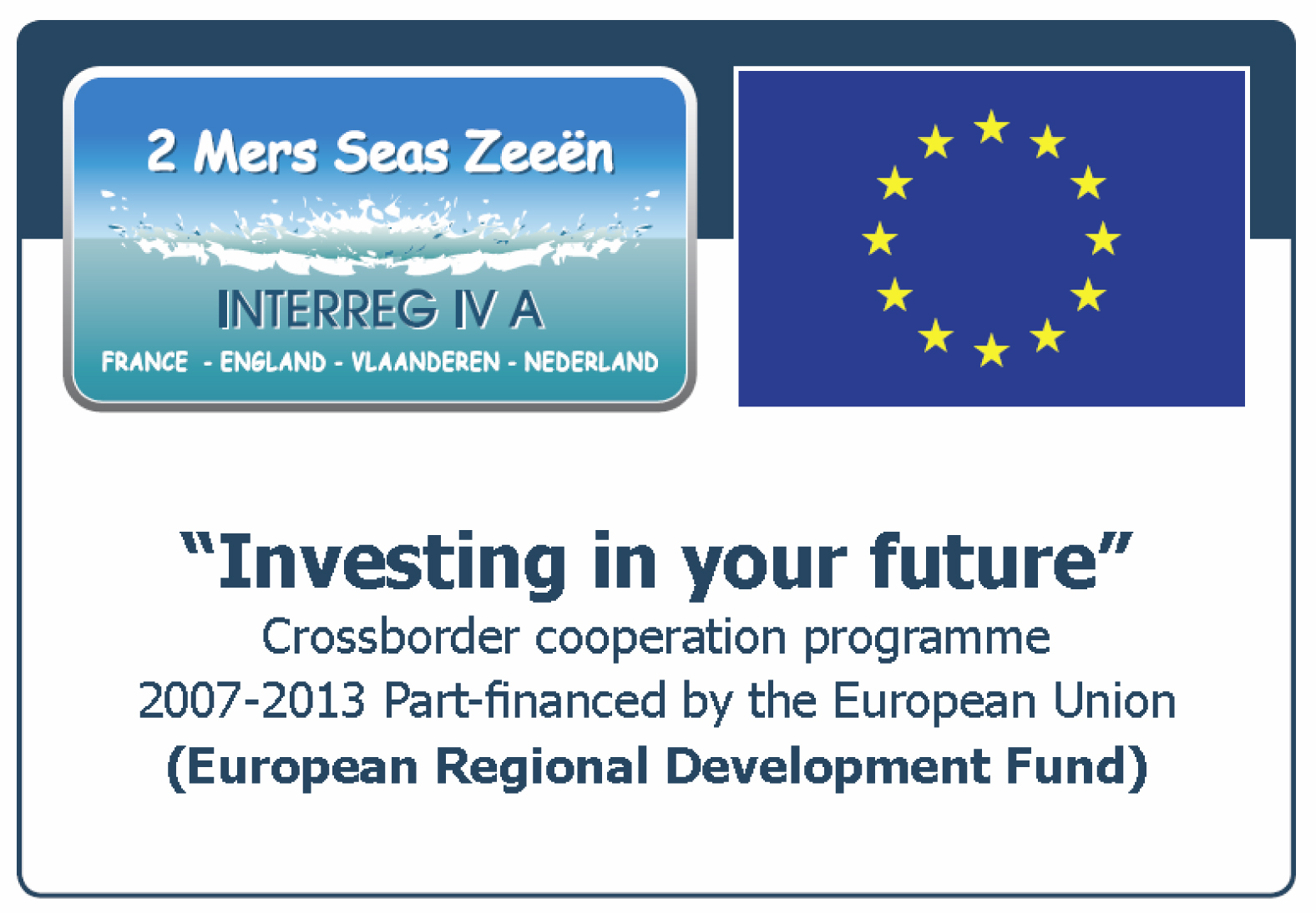Artistic Resources
Several artistic resources were assessed as part of the project, this included works of art, historical photographs and historical maps and charts.
Artistic Representations
The art resources of the Channel coastlines illustrate a rich history of landscape art that can be interrogated to support understanding of long-term coastal change. Parts of the Arch-Manche region were painted more than any other part of Europe’s coastline providing a resource dating back to the 16th century.
Landscape paintings depict the natural beauty of coastal environments, often encompassing a broad view of the shoreline, the sea, the sky, the weather and human activities. Those landscape paintings which depict specific subjects such as parts of the coastline, buildings and structures, are called topographical views and are commonly seen in various types of prints (engravings, aquatints and lithographs) as well as in pencil drawings, watercolour drawings and oil paintings.
The project art case studies focussed on England and France with representative samples from the Dutch and Belgian coastlines. The project reviewed the topographical artworks, drawings and prints held by the principal national, regional and sub-regional collections covering the coastal frontages in these countries. This was achieved through on-line reviews, literature searches and visits.
Historical Maps and Charts
Historical maps provide an important source of information for studying coastal evolution. From the late Middle Ages onwards, maps were made with increasing detail and quality. From the end of the 15th and in the 16th century major cartographical innovations took place. The main factors responsible for the renaissance in land surveying and cartography were the rediscovery of ancient writings on the practice of land surveying, the great explorations on land and at sea, the development of book printing techniques, the development of the instruments used, and the development of trigonometry. Therefore, from that time period onwards, an increasing number of maps more usable for coastal reconstructions can be found.
However, the motivation behind the creation of maps and charts had an impact on their form, particularly in earlier examples. Some maps were commissioned by land owners or companies who had a vested interest in their content. This makes the quality and objectivity of maps vary widely. Therefore, while maps are important as records of change, they cannot always be taken at face value.
Historical Photographs
During the 19th century the modern photograph process became established, with the first widely available cameras on the market in 1888, meaning photography became available to the public. The coast provided a popular subject matter and photography was used extensively in coastal locations to produce tourist postcards. With the mass availability of cameras, individual photographic collections grew.
Photographic images capture detailed and objective views of the coast’s composition. This data source provided important information for the Arch-Manche project as it gave quantifiable representations that could be used for comparative analysis.
